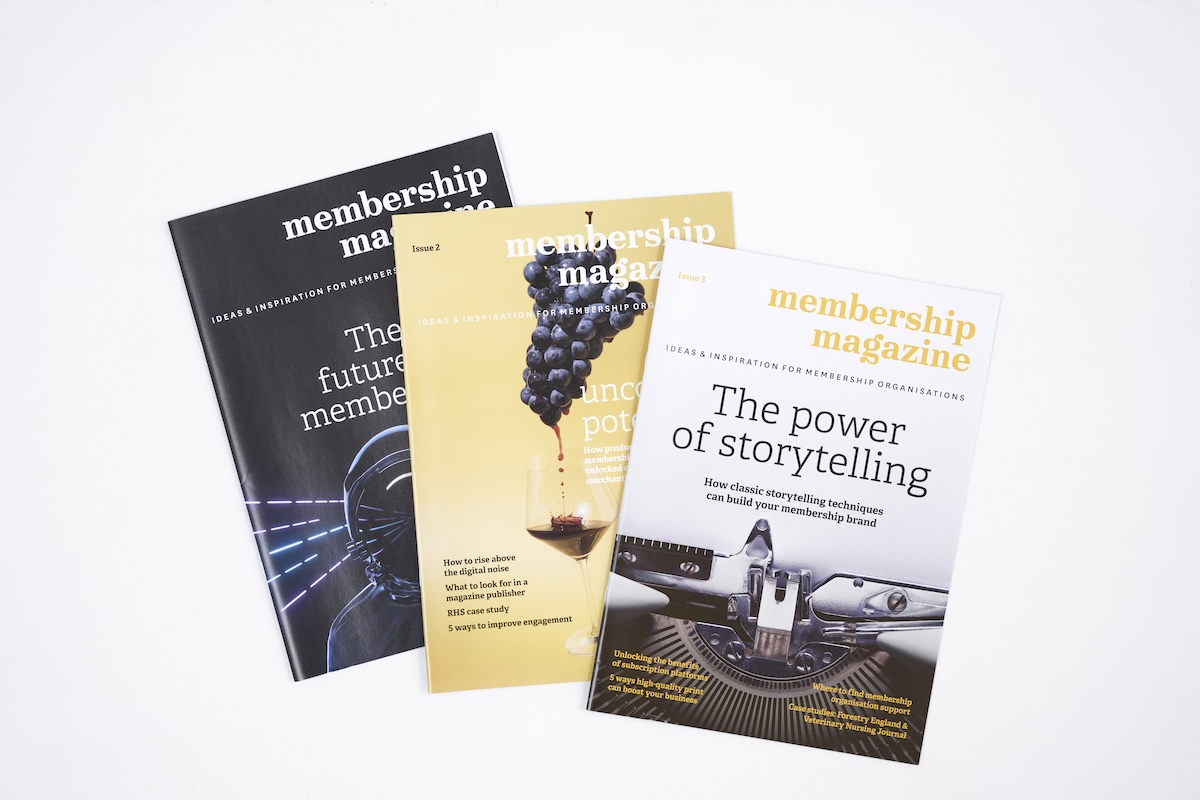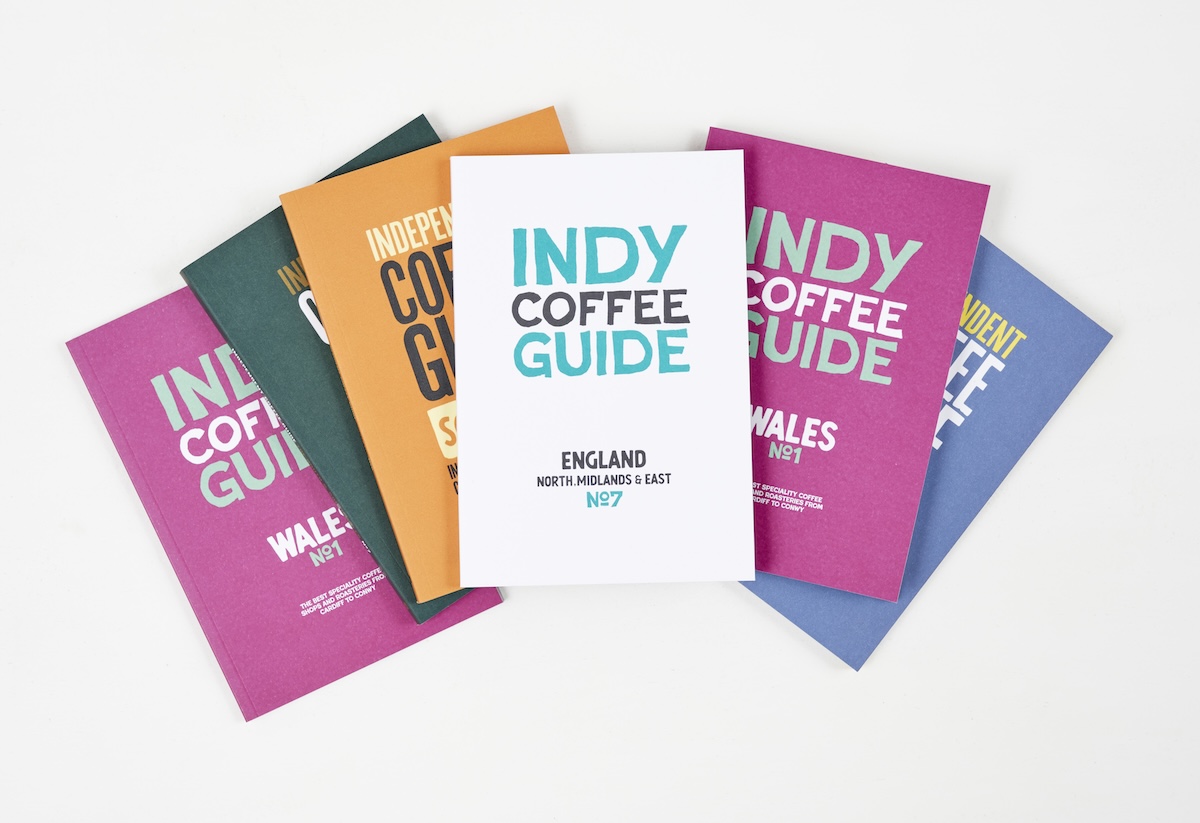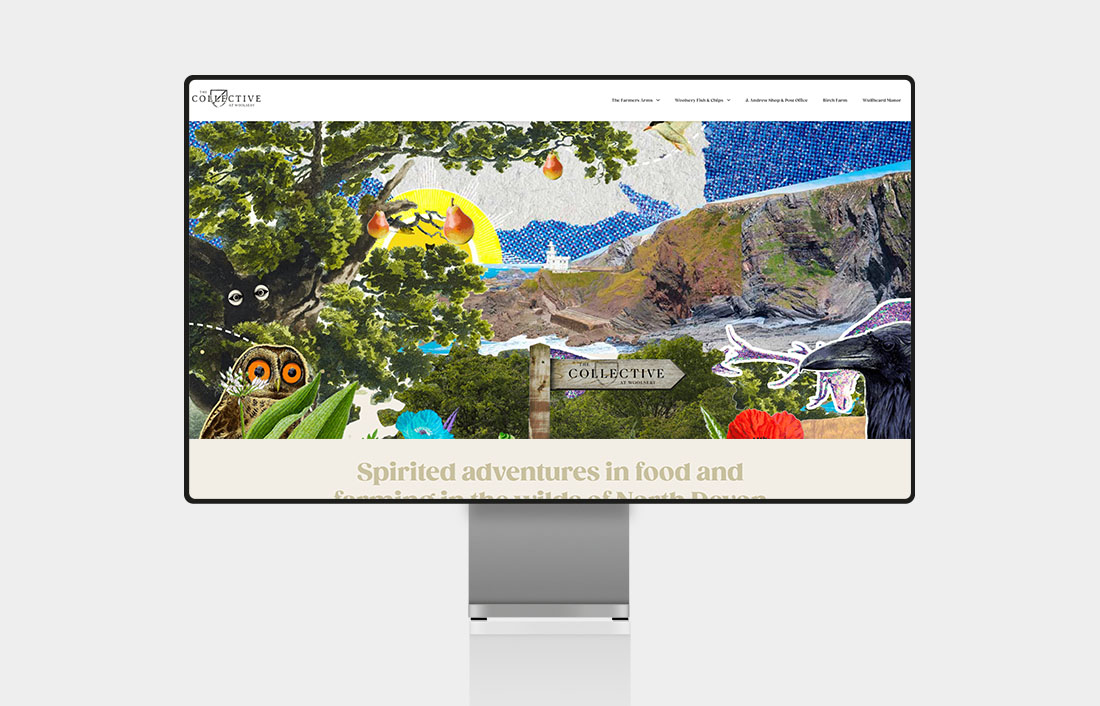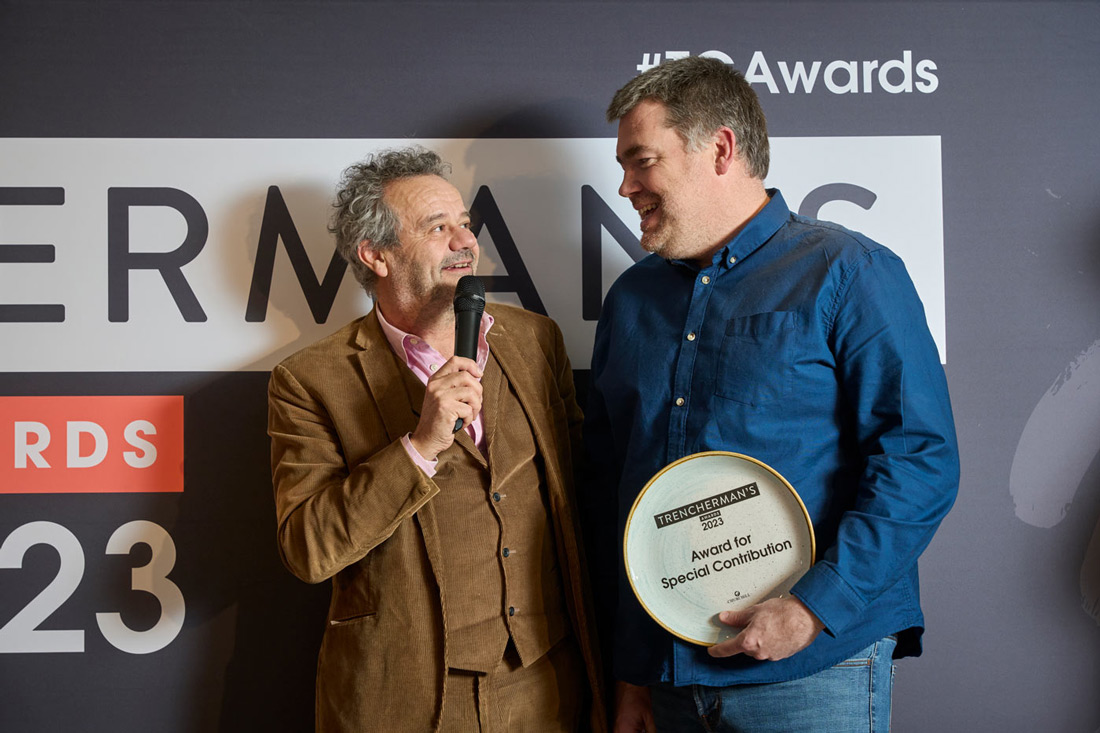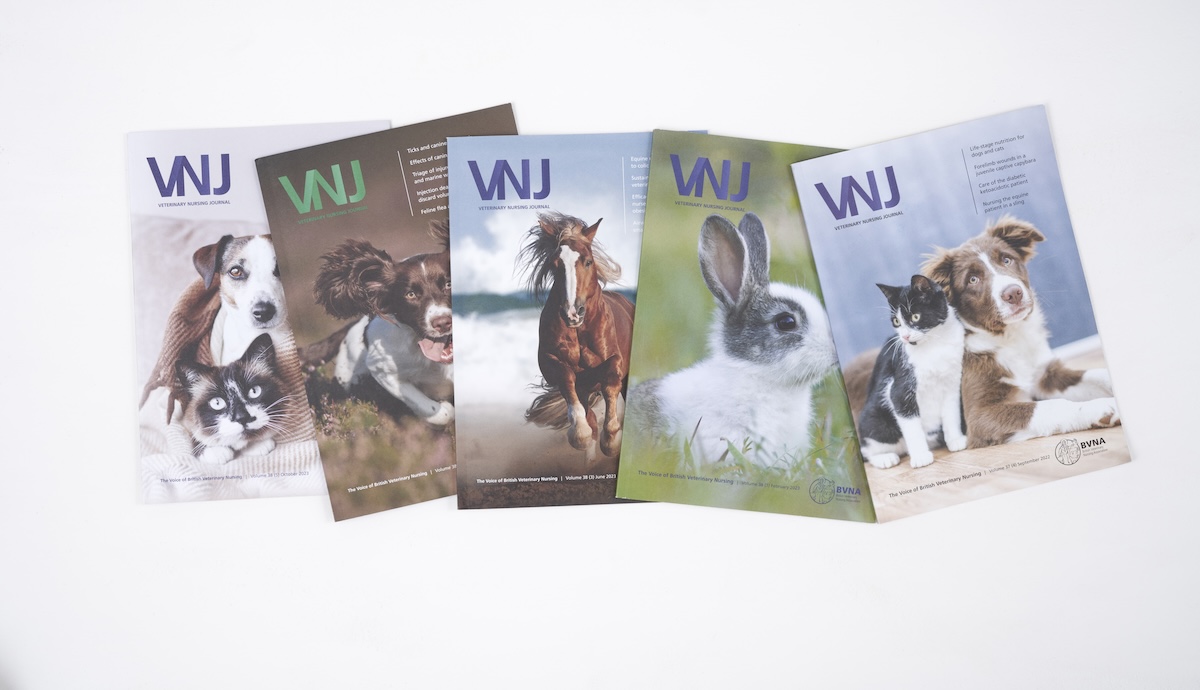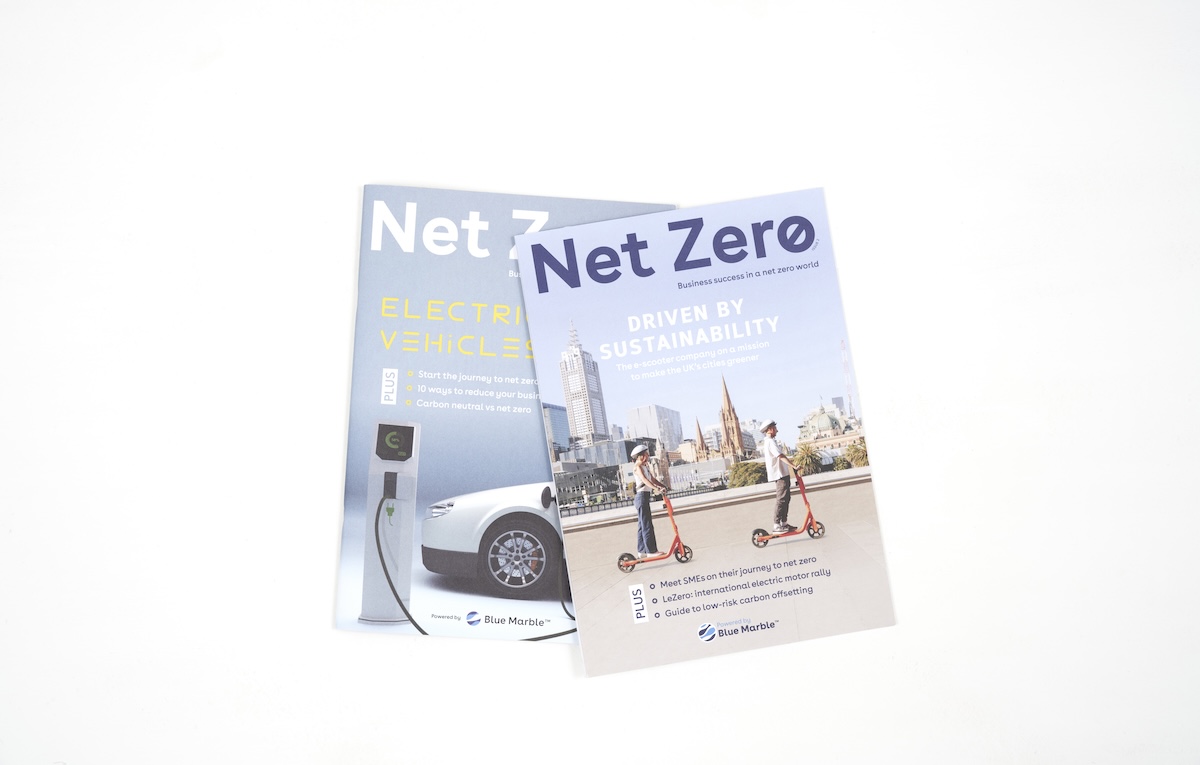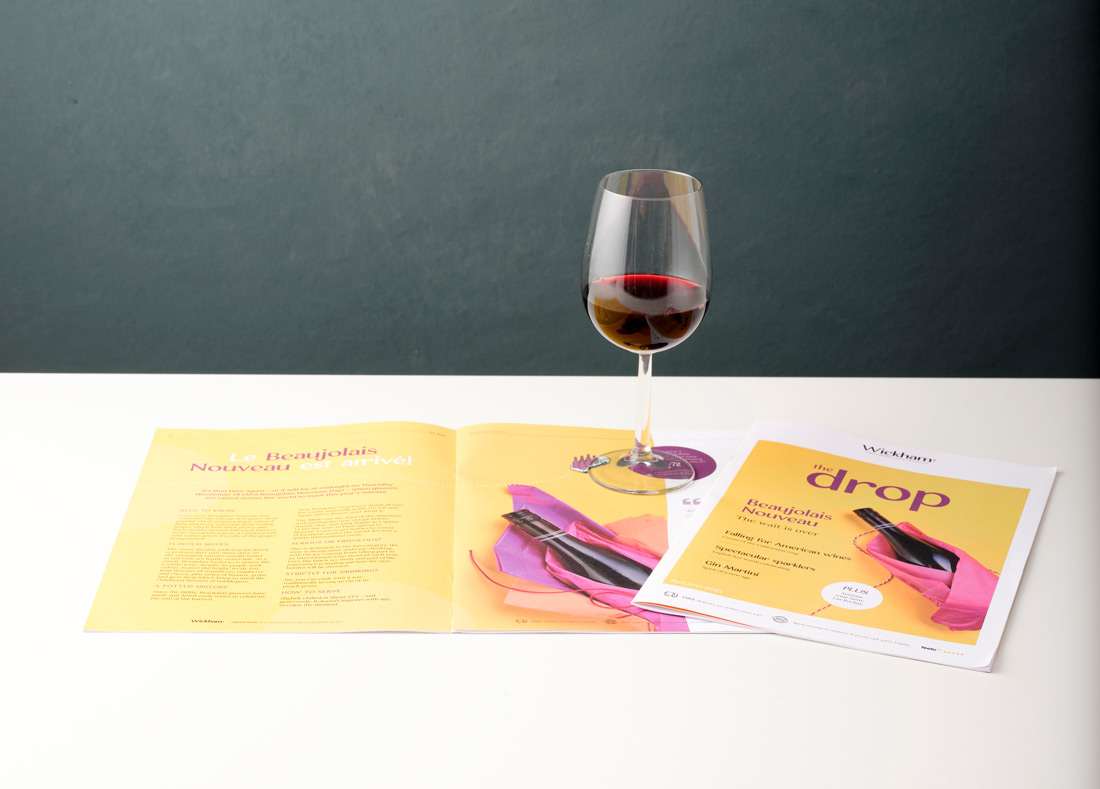At Salt Media we’re in the storytelling business so we’ve pulled together some ideas, tools and techniques that will make you better at attracting customers through storytelling.
But first, a story of my own
Like every good parent I try to read to my kids every night. And like every parent sometimes life gets in the way and it’s just a goodnight kiss and a glass of wine. The wine is for me by the way.
But mostly it’s a story and that’s fine with me because I love telling stories. My youngest son Billy is 7 and he loves bedtime stories, so we’re a good pair. Often I tell him the stories of Dr. Strompoodle.
Now I have to admit that Dr. Strompoodle is not my invention. When I was little boy my dad used to tell me stories about a character called Dr. Strompoodle.
A crazy inventor
Dr. Strompoodle was a crazy inventor who invented a loads of magnificent inventions. All designed to solve different problems that came from the adventures he was caught up in.
But he was a bit forgetful and disorganised and needed an assistant, and that’s where I came in. He made me part of the story. I was included in these fantastical adventures.
Fantastic Adventures
And these stories were fantastic. Stories of adventurers avoiding the Cyclops, starting a slave rebellion to overcome an evil empire and even helping two footballers travelling from a far off land to score the winning goal in the FA cup final. These stories had me hooked, they had my undivided attention – I was part of them.
And it always amazed me how my dad could come home, tired from work and reel these stories off the top of his head. They sounded so believable so I assumed Dr Strompoodle was real.
Now, you may have realised that the adventures of Dr Strompoodle and his trusty assistant, me, bore similar plot lines to other stories. To those of the Odyssey, of Spartacus and indeed of Osvaldo Ardilles and Ricky Villa, two Argentinian footballers who played for Tottenham Hotspur in the late 1970s.
But these stories had me rapt, they had me spellbound. And to this day I know how to escape from a cyclops, organise a slave rebellion and win an FA cup final. I remember as if it was yesterday.
How can you harness the power of stories?
That connection, that ‘memorability’ is the power of stories – and that is how you can harness the power of stories for your business – to gain attention from your customers and to become memorable.
And as marketers, managers and business owners this is our arena; this is where we fight in the dust with sweat in our eyes. The battle for attention and to become memorable.
People are busy
Our customer’s lives are busy. I’m sure that we’d like to think that our business are at, or at least near, their front of mind. But in reality their daily ‘to do’ list probably looks a bit like this:
- Make breakfast
- Get kids to school
- Get to work
- Fill up car with fuel
- Remind partner to refuel car when empty
- Have a cup of coffee
- Prepare for meeting at work
- Lunch
- Have meeting at work
- Pick kids up from school
- Go shopping
- Make dinner
- Glass of wine
- Do washing up
- Check kids homework
- Glass of wine
- Watch 10 minutes of TV
- Brush teeth
- Think about how nice it would be to go on holiday/go out for a meal
- Bed
So people are busy – we know that, that’s why when we get their attention we need to engage them – and there is nothing better than a story to do that.
What is a story?
Stories are fundamental to human nature. We’re hard wired to understand and learn from stories. It’s how we make sense of the world, how we see our lives, or how we imagine our lives might be. It’s how we experience things without actually experiencing them.
Whether it’s protecting us from sabre tooth tigers, inspiring us to feats of valour or finding out about the latest celeb gossip, stories and narratives are part of life.
It’s also useful to ask what a story isn’t. My colleagues at food magazine get lots of non-stories sent to them every week. New menus, hotel refurbishments, winning awards – in themselves these aren’t stories. They don’t connect and don’t fit into a narrative that can be easily underwood. They might be news, but they’re not stories.
News is ephemeral. Here today, gone tomorrow. Stories last a lifetime.
As a test, think how many news items can you remember from 4 days ago? Compare that to what you remember from the last good story you heard?
The seven basic story plots
But these news items can be stories if told in the right way, and you’ll be pleased to know that according to Christopher Booker in his excellent “The Seven Basic Plots”, of all the stories told throughout history there are only 7 different structures or archetypes.
And by using these archetypes you can hack in to hundreds of thousands years of evolution and make your stories connect, make them and your business memorable. Remember, in these stories your business can be the focus or it could be could be your customers. Here are some examples.
1. Overcoming the monster
The hero must destroy the monster to restore balance to the world. It’s the David and Goliath story, or Star Wars with the rebel forces overcoming the evil empire – or Gladiator. In business terms it could be a small coffee shop competing with a multinational coffee chain, or local and seasonal versus industrial and bland. That’s a great story to tell and builds involvement and loyalty from your audience.
2. Rags to riches
Oliver Twist, the poor unfortunate with the hard life who eventually overcomes the odds to make something of himself is a good example. This is a great way of telling the story of talented people who’ve worked tirelessly before achieving success. But in your case it could be the new head chef who started off as a kitchen porter, found his or her passion, trained as a chef in some of the best kitchens and now has won a Michelin star. Equally, this could fit into the voyage and return narrative where a character goes away, encounters experiences and adventures and returns wiser. These stories are about normal people who find themselves on a journey and who must make their way back to normal life. Alice in Wonderland or Robinson Crusoe are tales of this type that we all know and recognise.
Could your own personal example be a working holiday in France which ignited a love of food, which led to a career working across Europe before returning home to start the restaurant you’d dreampt of since that first trip?
3. The Quest
This involves a hero (often with a companion) who travels in search of some kind of treasure or goal. It usually involves overcoming powerful forces or evil in order to win the fair maiden and return home – think Indiana Jones. This could be the story of a chef’s quest for a Michelin star and the many places he worked, and his experiences (many challenging) along the way before achieving his dream.
4. Comedy
Not necessarily in the sense of “ha ha” funny, but in the Shakespearean sense of a series of events or coincidences that prevent you from achieving your goals until you finally reach your destination. Think of Planes, Trains and Automobiles – which as well as being “ha ha funny”, is based on a series of essentially unfunny events – missing planes and crashing cars. But it’s the fact that these events prevent the characters from reaching their destinations that provides the basis for humour. This structure is a little harder to weave into your business, but a valid structure nonetheless, and certainly useful for an informal communications piece like a newsletter or blog post.
5. Tragedy
Romeo and Juliet or Titanic are two of the biggies. We all enjoy reading about tragedy – that’s why the front page of the newspapers feature the stories they do, but you’ll need to think carefully about how you can use this to market your business. Tragedy isn’t used in marketing that much, but it certainly is by the charity sector, where the narrative places you in the tragedy and offers you the opportunity to be hero and move the victims to another narrative.
6. Voyage & Return
The Voyage and return narrative follws a character who leaves familiar surroundings and encounters experiences and adventures, retutning wiser. These stories are about everyday people who find themselves on a journey and who must make their way back to everyday life. Alice in Wonderland or Robinson Crusoe are tales of this type that we all know and recognise.
7. Rebirth
And finally, and maybe appropriately, Rebirth. Where something new and good comes from something bad. Think of A Christmas Carol or The Grinch as examples. This is a story type that we all know well, and it’s a useful way of telling the tale of your own business. For your business this could be a new business that comes from an old one, a takeover of an ailing hotel and turned it from the sorriest place in town to a shiny new temple of delights?
So that’s your 7 templates, but there is one more. It’s known as the Pixar template.
The Pixar Template
This theory comes courtesy of Emma Coats (@lawnrocket), an ex-Pixar story-teller. She noticed that there was a common structure in Pixar story lines.
The structure is: Once upon a time there was SOMETHING. Every day, SOMETHING. One day SOMETHING ELSE. Because of that, SOMETHING Because of that, SOMETHING. Until finally SOMETHING.
In a Pixar film this would work out as: Once upon a time there was a toy called Woody. Every day, his owner, Andy played with him. One day Buzz, a new favourite toy came along. Because of that, Woody accidentally knocked Buzz out of a window and he got lost. Because of that, Woody rounded up the rest of the toys and they set out on a quest to rescue him. Until finally they reunited and got home safe to Andy.
In your business this could work out as: Once upon a time there was a passionate chef and kitchen team. Every day, they sourced the best ingredients to produce the best food they could. One day the front of house manager came rushing into the kitchen to say he thought that there was a Michelin inspector eating at table four. Because of that, the kitchen brigade went crazy, nervously dropping pans and making mistakes. The chef told the team to calm down, they were a great team and knew how to prepare great food. She knew they could do it. Because of that, the kitchen team worked perfectly, the inspector left and they waited for the post every day to see what the result was. Until finally a letter fell on the mat. They opened it and had got their first Michelin star.So, there we have it STORIES. They can make your business more interesting and more memorable.
The simple truth is that there are hundreds of ways to get in front of customers, but there is only one way to connect and that is to tell a story that matters to them, something to believe in.
And to make that story more memorable we can use archetypes and templates. If think of your memory like sponge a story template or archetype makes your story more easily absorbed and retained.


